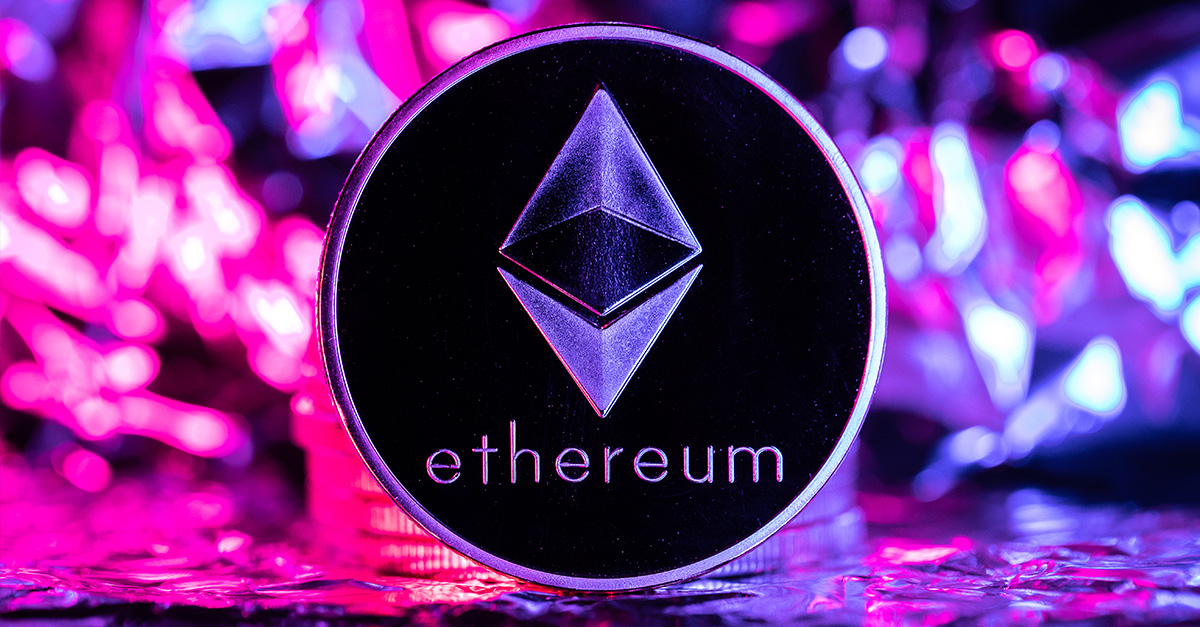3 SHORT KEY TAKEAWAYS:
- Ethereum gas powers transactions and smart contracts on the network.
- Gas fees fluctuate based on demand and network congestion.
- In 2025–2026, Ethereum upgrades are reshaping how gas costs are calculated.
What Is Gas in Ethereum? A 2025–2026 Guide to Fees, Costs, and Blockchain Power
In the world of cryptocurrency, Ethereum has become more than just a digital coin—it’s the foundation for decentralized applications, smart contracts, and Web3 innovation. But one term continues to puzzle newcomers and even seasoned users: gas.
As Ethereum evolves in 2025 and into 2026, understanding what gas is, how gas fees work, and why they matter more than ever is essential for anyone engaging with the Ethereum network—whether you’re minting NFTs, swapping tokens, or deploying smart contracts.
What Is Gas in Ethereum?
Gas in Ethereum is the unit that measures the computational effort required to execute operations on the network. Every transaction, from sending ETH to interacting with a decentralized finance (DeFi) protocol, consumes computational resources. These resources aren’t free—gas is the “fuel” that pays for them.
Think of Ethereum as a decentralized computer, and gas is the electricity it needs to run. When you initiate a transaction, you’re essentially paying the network’s miners or validators for the work they do to verify and process your request.
In technical terms:
- Gas limit is the maximum amount of gas you’re willing to spend.
- Gas price is how much you’re willing to pay per unit of gas (usually denominated in gwei, a small fraction of ETH).
- The final gas fee is calculated as:
Gas Used × Gas Price = Total Gas Fee
Why Gas Fees Matter More in 2025 and 2026
In earlier years, gas fees were notorious for being both unpredictable and expensive—especially during periods of high network demand like NFT launches or market volatility. But the Ethereum network has undergone major changes since the 2022 Merge and the 2023 Shanghai upgrade, leading to significant improvements in how gas is managed.
Now in 2025–2026, here’s why understanding gas fees remains critical:
1. Scalability Improvements Have Changed Gas Economics
The introduction of Ethereum Layer 2 solutions (like Optimism, Arbitrum, and zkSync) and the continuing rollout of Danksharding and EIP-4844 (Proto-Danksharding) have shifted much of the network’s activity off-chain. These solutions reduce congestion and offer dramatically lower gas fees.
However, gas hasn’t disappeared. Instead, Layer 2s still rely on Ethereum mainnet for security and data availability, so gas plays a role behind the scenes—even if you’re not paying high fees directly.
2. Dynamic Fee Model and Base Fee Burn
Ethereum’s gas pricing mechanism was overhauled by EIP-1559, which introduced a base fee (burned permanently) and a priority fee (a tip to validators). This mechanism brought more predictable fees and also introduced a deflationary element to ETH by reducing supply every time gas is spent.
In 2025 and 2026, with rising adoption and more efficient use of block space, ETH gas burns remain a central part of Ethereum’s tokenomics, impacting both fees and the value of the ETH token itself.
3. More Use Cases, More Demand
From real-world asset tokenization to decentralized identity and AI-integrated smart contracts, Ethereum’s applications in 2025 are broader than ever. That means more transactions, more complexity—and ongoing need for gas.
Even though Layer 2s offload much of the activity, developers and users still need to understand how gas affects transaction execution, speed, and cost.
How to Optimize Ethereum Gas Fees
Whether you’re a developer deploying contracts or an average user sending tokens, there are strategies to manage gas costs:
- Use Layer 2 networks: They offer cheaper and faster transactions while settling back to Ethereum for security.
- Schedule transactions strategically: Gas prices fluctuate; tools like ETH Gas Station or Blocknative help find low-demand times.
- Bundle smart contract functions: Developers can design contracts to minimize redundant calls, saving users gas.
- Set realistic gas limits: Avoid overpaying by estimating gas correctly using Ethereum tools and libraries.
Importantly, wallets in 2025 have become much more intuitive, often suggesting gas fees or auto-adjusting based on network conditions.
The Future of Ethereum Gas: What to Expect by Late 2026
By the end of 2026, Ethereum’s roadmap aims to make gas fees more manageable, if not entirely abstracted away. With full implementation of Danksharding, the network could theoretically support 100,000+ transactions per second, significantly reducing costs.
There’s also ongoing R&D into account abstraction, allowing more flexibility in how users pay for gas—possibly even in tokens other than ETH or with batched sponsor transactions where apps cover user fees.
This aligns with Ethereum’s long-term vision: a seamless, global, decentralized computing layer where users don’t have to think about the backend—gas included.
Conclusion: Gas Powers Ethereum—But It’s Getting Smarter
Ethereum gas isn’t just a technical quirk—it’s the economic engine behind every smart contract, token swap, and decentralized application. In 2025 and heading into 2026, gas remains crucial, but it’s also evolving: more efficient, more predictable, and increasingly abstracted through scaling solutions.
Whether you’re building on Ethereum or simply interacting with dApps, understanding gas gives you more control, lower costs, and a smarter way to engage with the blockchain.
As Ethereum grows, gas isn’t going away—but thanks to innovation, you may not even notice it’s there.




